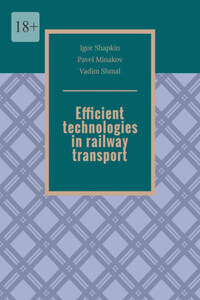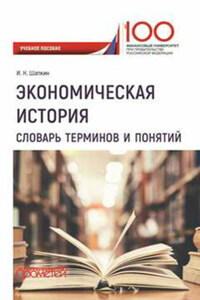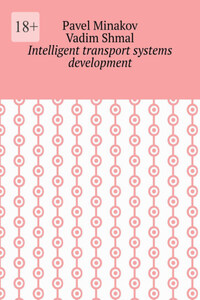1.1 Results of structural reform in railway transport
The Government of the Russian Federation has approved a Program of structural reform in railway transport, which predetermined the large-scale transformations of JSC “Russian Railways”.
The market changes of the nineties determined the need for a radical revision of the model of the entire railway industry, and the deterioration of assets – wagons, locomotives, infrastructure – required urgent action.
The program provided for a number of steps aimed at ensuring the sustainability of the railways as the basis of the unified transport system of the country, improving the safety, quality and accessibility of services provided and reducing the cost of transportation.
Railway workers have no way to stop the entire system or any part of it for a long-term reconstruction, demolish the old facilities and build new ones in their place. It is no secret that, unlike other industries, railway reform is carried out, in fact, on a living technological organism, and the classic principle of “do no harm” is not just words here.
That is why, along with large-scale changes and the formation of a new industry environment, the continuity of the best technologies, managerial experience and responsibility, labor and cultural traditions that have been formed throughout the history of the development of railways in Russia has been ensured over the past years.
Today, the effects of transformations on Russian railways are obvious.
But this stage of the reform proved at the same time that in any transformation one cannot rely only on market mechanisms. The spontaneous formation of the operator business without dialogue with railwaymen, legislators and regulators led to a rapidly formed surplus of freight cars, failures in the transportation process, additional loads on infrastructure, an increase in empty mileage, and then to the collapse of the economic efficiency of the operators themselves. But this could have been avoided by legitimizing the rights and responsibilities of market participants in their interaction with the carrier and the owner of the infrastructure.
Huge efforts and resources were directed by JSC “Russian Railways” to optimize the “model of a carrier without wagons” that has no analogues in the world, to return the efficiency of the transportation process to acceptable parameters.
A completely new transportation management system was gradually formed on the network, adapted to the targeting of private empty wagons, to the multiplicity of operators, to the fragmentation of their logistics schemes. At the same time, a constructive dialogue with operators, cargo owners and regional leaders is being built at various sites. Today there is an understanding that such a dialogue provides an increase in efficiency for all participants in the process. Thanks to the support of the State, the transport legislation has been improved. All this made it possible to increase the level of car traffic routing to its maximum value – more than 50%, optimize the operation of marshalling yards, increase the speed and reliability of delivery, and the weight of a freight train.












